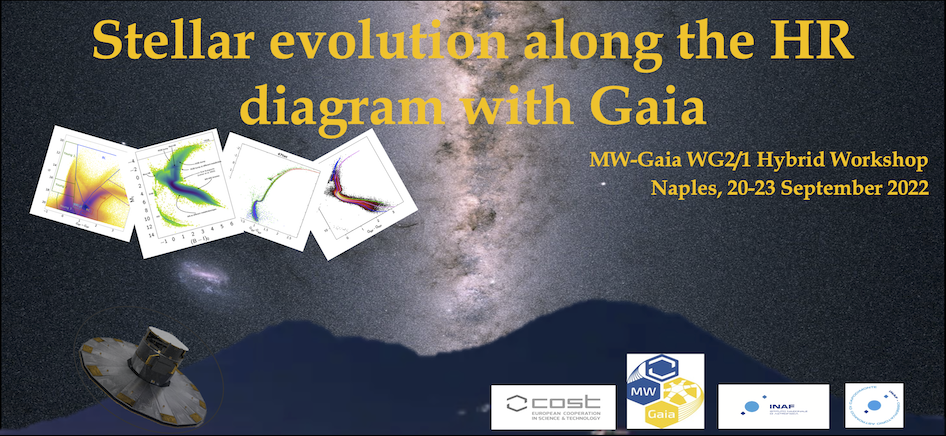Speaker
Description
Understanding the formation and evolution history of the Milky Way is still quite challenging. Combining kinematic and dynamical studies together with the chemical analysis of large number of stars allows us to well characterize the Galactic stellar populations and, hence, unveil their formation histories. Especially, abundances of neutron-capture elements are particularly important to understand the Galactic chemical evolution history.
Within this context, the Gaia DR3 offers a huge step forward since such chemical abundances associated with accurate astrometric have been published for an unprecedented number of stars. Thanks to such data derived from the analysis of RVS spectra by the GSP-spec module, we have explored the Galactic content in neutron-capture elements (Ce, Nd, Zr). We remind that these species are formed in the late stages of low and intermediate stars by slow-neutron captures. As they do not belong to the same s-process peaks and hence are produced under different physical conditions), the Gaia data allow us to disentangle the stellar sites of their production better and help to better understand their Galactic chemical evolution. For instance, Gaia DR3 Cerium abundances have shown a flat trend in [Ce/Fe] vs [M/H] in the Milky way disc. We also computed horizontal gradient from field stars as well as from open clusters. We also found cerium in the halo within accreted systems and one globular cluster.

